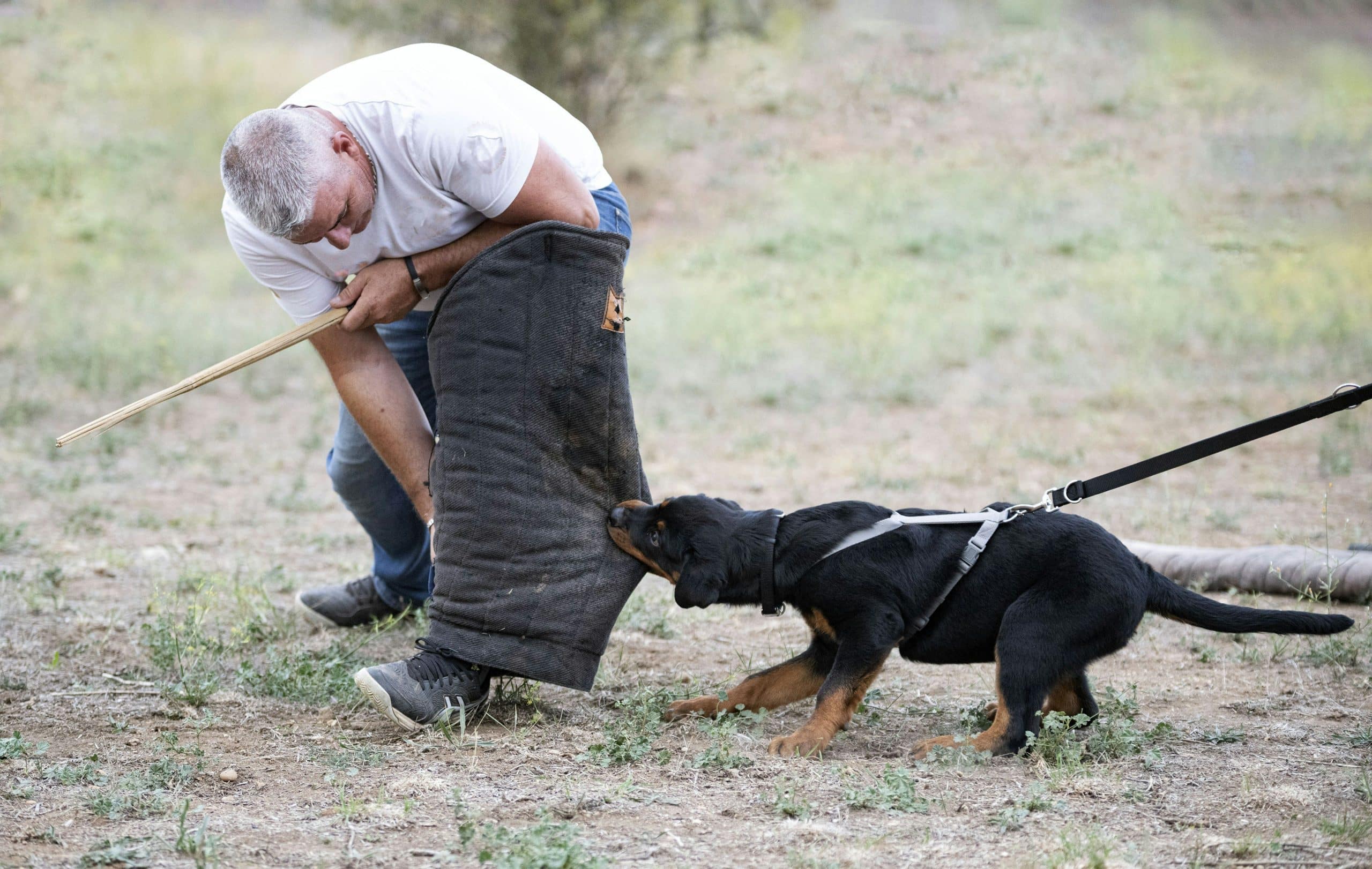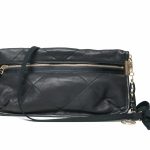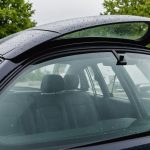As a nation of animal lovers, it’s not uncommon for the UK citizens to want to take their four-legged friends on the road with them. Whether it’s a short trip to the vet, a day out at the beach, or a long journey for a holiday, travelling with pets in the car can be a fun experience. However, safety should always be a priority. How can drivers ensure the safety of their pets during travel? With our best advice, you’ll be able to keep your dog safe while driving, ensuring a smooth ride for all involved.
The Importance of Car Safety for Pets
Before diving into specific safety measures, it’s important to understand why car safety for pets is so pivotal. When you’re driving, you’re not only responsible for your own safety but also for the safety of your passengers, and this includes your pets. Pets, particularly dogs, can be unpredictable. They may become anxious, overexcited or even scared during car travel. These reactions can potentially distract the driver and lead to accidents. Moreover, in the unfortunate event of a crash, an unrestrained pet can become a dangerous projectile. This is why it’s essential to secure your pet properly in your vehicle.
Also to discover : What are the requirements for obtaining a commercial driving license in the UK?
Choosing the Right Restraint
The best way to ensure your pets’ safety in the car is by using the correct restraint. There are several options available on the market, including harnesses and crates, and the choice will largely depend on your pet’s size, behaviour, and the type of car you drive.
Harnesses: Harnesses are like seatbelts for dogs. They keep them securely fastened to a seat, allowing them to sit or lie down comfortably. Harnesses are particularly suitable for larger dogs, or for those who are well-behaved and unlikely to cause a distraction. When buying a harness, look for one that has been crash-tested to ensure maximum safety.
Topic to read : How to prepare and maintain your vehicle for the UK’s MOT test regarding emissions?
Crates: For smaller dogs, or those who are prone to moving around excessively, a crate is a good option. A crate will confine your pet to a specific area, preventing them from distracting you while driving. Crates should be placed in the boot or the back seat of the car and securely fastened to avoid shifting during travel.
Setting up a Comfortable Space
Regardless of the type of restraint you choose, it’s important to make the car a comfortable space for your pet. Place familiar items such as blankets, toys or cushions in their harness or crate to help reduce anxiety and make them feel more at home. Ensure that the space isn’t too cramped and that your pet can sit, lie down and turn around comfortably. Remember to adjust the temperature of your car to create a comfortable environment. It can get quite hot in the back seat or boot for pets, especially in summer, so be sure to keep the car cool.
Taking Regular Breaks
When undertaking a long journey, regular breaks are essential. Dogs, in particular, need to stretch their legs, have a drink and answer nature’s call. When travelling with pets, aim to stop every two hours for a short break. During these breaks, keep your pet on a leash to avoid them running off.
Keeping Your Pet Calm
Travelling can be stressful for pets, and an anxious or excited pet can be a distraction for the driver. Consider talking to your vet about calming solutions if your pet is anxious about car travel. There are natural remedies, medication and even certain types of music designed to keep pets calm during travel.
By following these steps, you can ensure a safe and enjoyable journey for you and your pet. Whether you’re going on a short drive or a long journey, your pet’s safety should always be top priority. Travelling with pets can be a wonderful experience, and with the right precautions, you can ensure it’s a safe one too.
Selecting the Best Cars for Pet Travel
While the decision to choose the right restraint is crucial, it’s equally essential to consider the type of car you’re using. Not all vehicles are suitable for travelling with pets. For example, smaller cars may not offer enough space for your pet and their crate or harness. Conversely, larger cars such as SUVs, wagons or minivans can often accommodate a pet carrier comfortably, and it’s easier to install a dog guard in such vehicles.
When considering the best cars for pet travel, look for models with ample boot space to fit a dog crate. If the boot area is too small, your pet may feel cramped and uncomfortable. Cars with a low boot floor are preferable as they allow easier access for your pet.
Temperature control is also vital. Some cars offer rear air vents, which can help keep the back of the car cool. A model with tinted windows can also be beneficial as it can help to protect your pet from harsh sunlight.
You also need to consider the interior material. Upholstery such as leather or synthetic fabrics can get quite hot and could make your pet uncomfortable. Therefore, look for cars with cloth seats or consider getting seat covers.
Finally, the car’s safety features should not be overlooked. Features such as automatic emergency braking and blind-spot detection can add an extra layer of protection for both the pet and the driver.
Bear in mind the highway code which states that dogs or other animals must be suitably restrained so they cannot distract you while you’re driving or injure you, or themselves, if you stop quickly. Following these guidelines, you’ll be able to select the best pet car that offers not only comfort but also safety for your dog.
Final Thoughts
Travelling with pets, particularly dogs, presents its own set of challenges. However, by following the guidelines mentioned above, dog owners can ensure a safe and enjoyable car journey for their furry friends.
Remember, to safely transport your pet in the car, you need to choose the right restraint, whether it be a harness, dog seat or crate. Make sure they are crash-tested for maximum safety. Consider the type of car you drive, ideally one that is spacious and comfortable for your pet.
Don’t overlook temperature control and ensure your pet is comfortable by placing familiar items in their travel space. Take regular breaks during long journeys and consult with your vet if your pet gets stressed during car travel.
By taking these precautions, you’ll be following the dogs trust guidelines, ensuring that your pet is not only safe but also happy during their car journey. Travelling with your pet can be a wonderful experience, and with careful planning and consideration, it can be a safe one too. Remember, safety always comes first when you are driving your dog.











